What is Tandem OLED on the new iPad Pro M4?
Apple launched the new iPad Pro M4 at its 'Let Loose' event on May 7. For the past 6 years, the iPad Pro line has boasted Apple's leading display technology, starting with the ProMotion LED display and last Let's stop at the mini-LED panel. Interestingly, the iPad Pro 2024 has the highly anticipated OLED display which Apple calls 'Tandem OLED'. Since this term is not very common, many people may wonder what it is and how it makes the new iPad Pro special. Join TipsMake to find the answer through the following article!
What is Tandem OLED?

Before discussing Tandem OLED, let's briefly understand OLED screens. The term 'OLED' stands for Organic Light Emitting Diodes, which consist of organic electroluminescent films, which emit light when an electric current passes through them. In an OLED display, each pixel has its own light source, and each pixel can be turned off individually for deep, perfect blacks.
Tandem OLED panels have multiple OLED screens stacked on top of each other. This is what Apple did with the Ultra Retina XDR OLED display on the iPad Pro 2024. Apple says the Ultra XDR Retina Display uses two OLED panels, combining light from both to enhance the overall brightness of the screen .
This setup ensures all the benefits of the OLED panel are taken advantage of without sacrificing brightness. In fact, this helps increase overall brightness for SDR and HDR content. Additionally, it delivers perfect blacks, better contrast, and other benefits.
Benefits of Tandem OLED on the new iPad Pro M4
1. Perfect black color
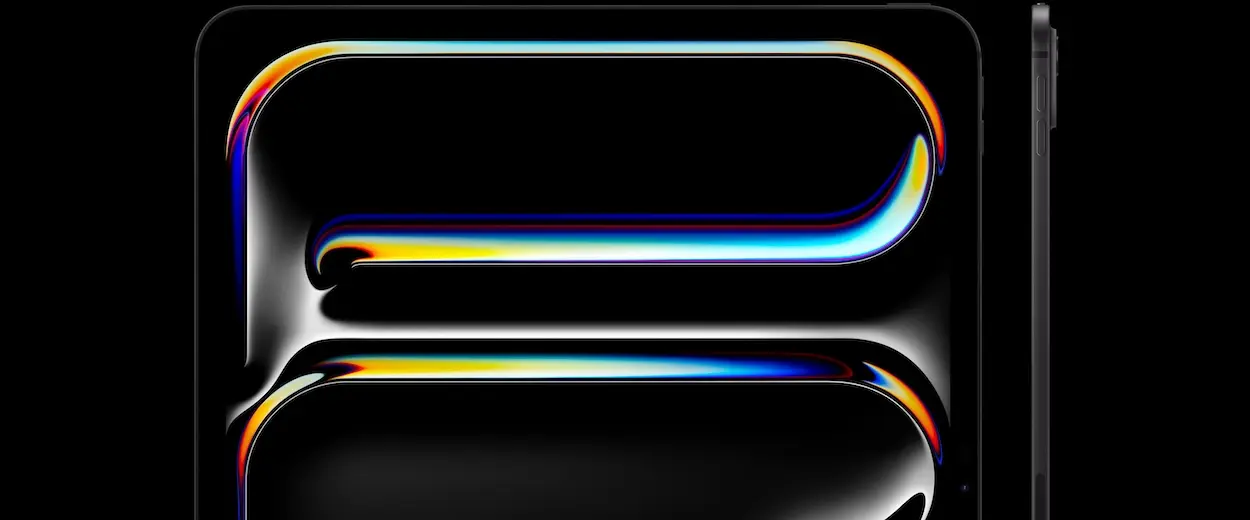
One of the most outstanding features of OLED panels is the ability to display deep and perfect blacks. OLED screens can completely turn off individual pixels. This will allow the iPad Pro OLED to display perfect black when needed and appropriate. Well, this is something that LCD and mini-LED screens cannot do. With Tandem structure, the new iPad Pro will deliver the most realistic black levels without experiencing any glare or glare problems that OLED often has.
2. Better contrast ratio

Another interesting feature of OLED screens is their high contrast ratio. Again, thanks to individual translucent pixels, iPad Pro OLED is able to deliver better contrast than the mini-LED displays found on previous models. Now, higher contrast ratios mean users will experience more vibrant colors, improved readability, and better image quality on the latest iPad Pro.
3. Higher brightness level
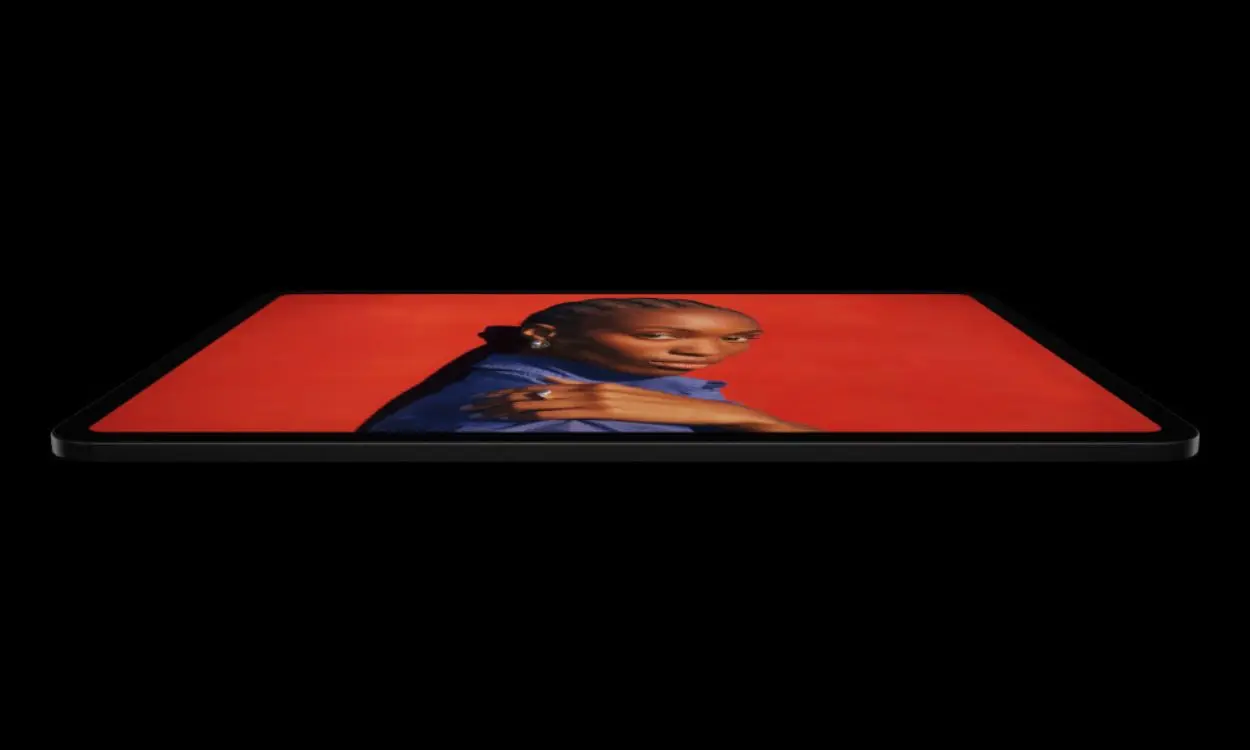
As discussed above, the dual stacking technology in Tandem OLED panels has two layers of organic light-emitting diodes stacked on top of each other. The display combines light from both diodes to deliver impressive full-screen brightness. Compared to the previous iPad Pro (2022) that supported 600 nits brightness, the new iPad Pro supports an incredible full-screen brightness: 1000 nits for SDR and HDR content. Additionally, the maximum brightness for HDR is 1600 nits. Currently, there is no other device in its class capable of delivering this impressively high dynamic range.
4. Improve movement performance
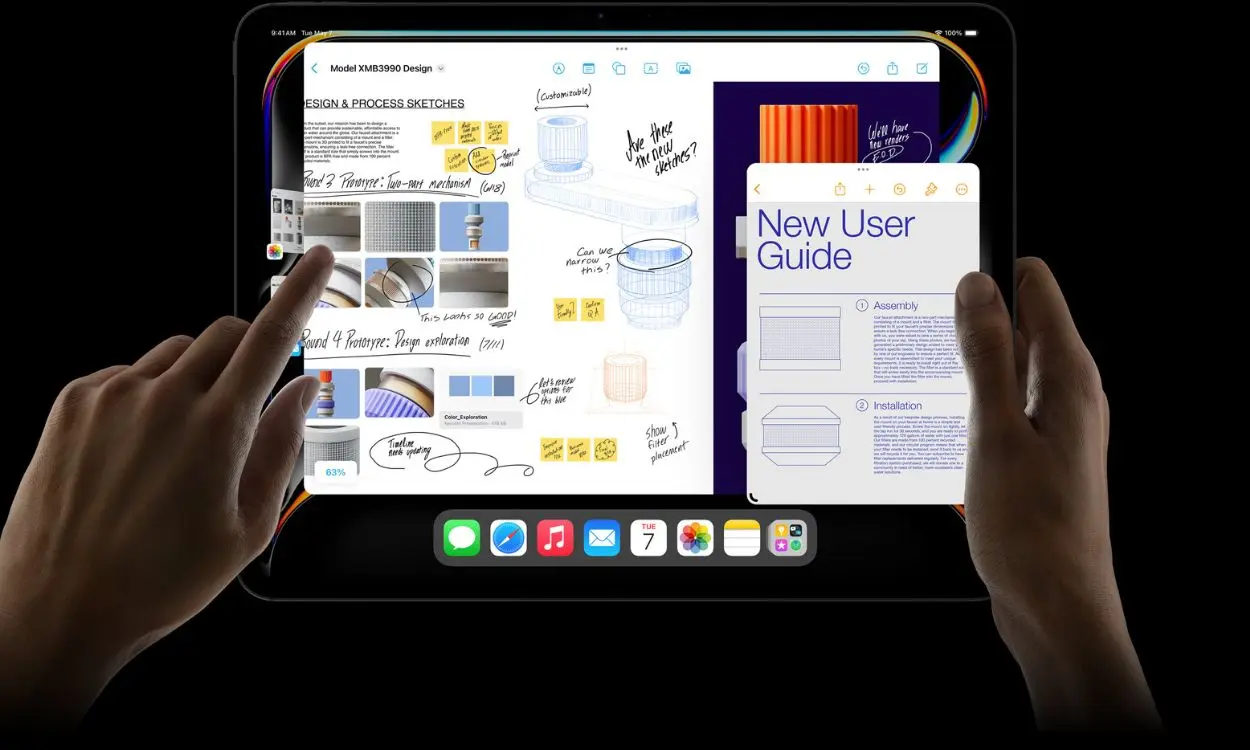
With Tandem OLED display, M4 iPad Pro can deliver better motion performance. Compared to LCD screens, OLED offers smooth and seamless transitions between frames. As a result, OLED displays respond faster to moving content and manage motion blur better. This makes a huge difference when watching fast-paced action movies or playing high-speed games. With improved motion performance and a powerful M4 chip on board, the new iPad Pro also makes a good display for gaming.
5. Better viewing angles
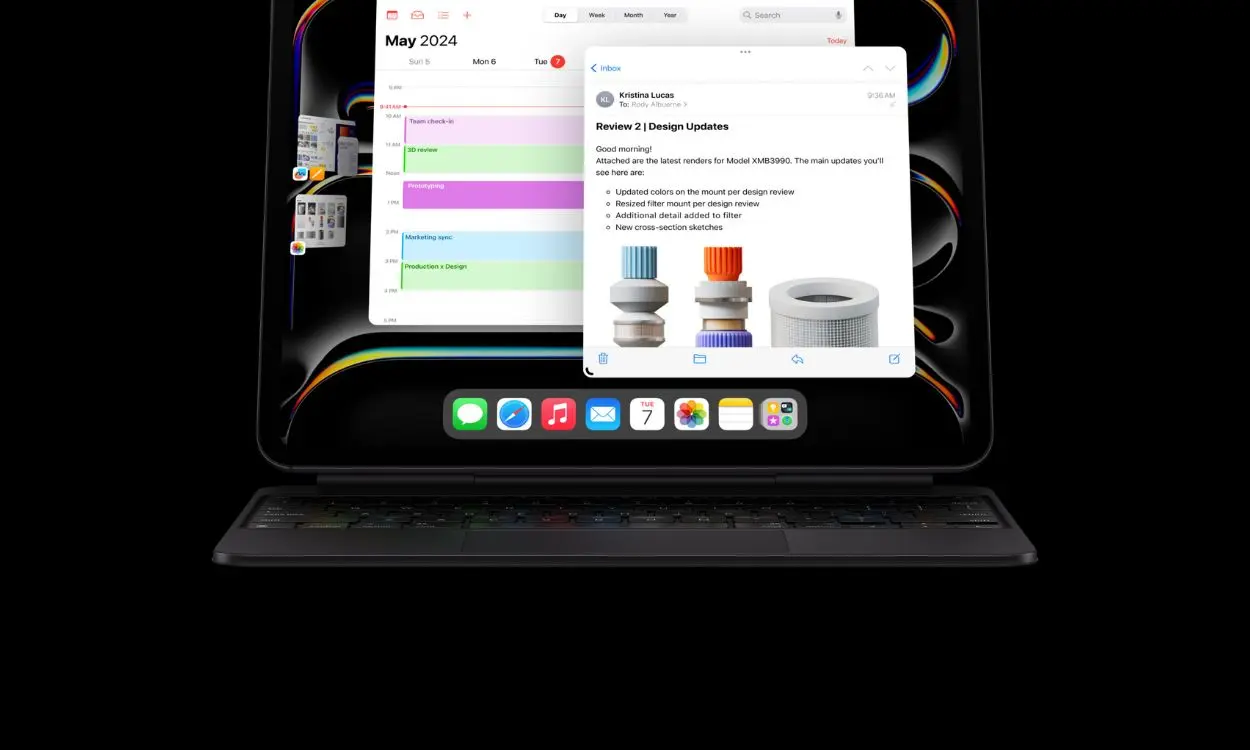
Compared to LCD and mini-LED screens, OLED screens offer better and more comfortable viewing angles. This won't make much of a difference when watching movies or scrolling content on the latest iPad Pro OLED, but when you watch with your siblings or friends, they'll have a better viewing angle. There won't be any major changes in contrast, color or overall image quality.
That's all about Tandem OLED on the new iPad Pro. While OLEDs offer a number of benefits over existing display technologies, they are also susceptible to burn-in. Hopefully Apple has found a way to mitigate this problem with some advanced techniques. After all, the company cannot take any risks with its flagship, high-end tablet line. Don't forget, the two stacked OLED screens promise a longer lifespan. So no need to worry too much.
You should read it
- 6 best OLED laptops 2023
- Difference between QLED and OLED TV
- Should I buy a QLED, OLED or LED TV?
- Done, Samsung and LG will be the makers of OLED displays for the iPhone
- What is MicroLED? What is MicroLED different from OLED?
- LG Display presents 65-inch scrollable OLED TV like paper
- Samsung Galaxy S21 will likely use the Chinese manufacturer's OLED panel, no longer 120Hz
- What is MicroLED? What's different from OLED? How is the application?
May be interested
- Done, Samsung and LG will be the makers of OLED displays for the iPhone
 apple will have a second oled display supplier.
apple will have a second oled display supplier. - What is MicroLED? What is MicroLED different from OLED?
 microled display technology has been very concerned, since samsung launched the microled tv series at ces 2020 earlier this year.
microled display technology has been very concerned, since samsung launched the microled tv series at ces 2020 earlier this year. - Asus Zenbook OLED - The Top Laptop Line from Asus
 asus zenbook oled - with impressive design, powerful performance and full hn screen. so what are the advantages of asus oled laptops? should you invest now?
asus zenbook oled - with impressive design, powerful performance and full hn screen. so what are the advantages of asus oled laptops? should you invest now? - LG Display presents 65-inch scrollable OLED TV like paper
 this is a 4k tv that can be rolled up like a high-tech newspaper.
this is a 4k tv that can be rolled up like a high-tech newspaper. - Samsung Galaxy S21 will likely use the Chinese manufacturer's OLED panel, no longer 120Hz
 some galaxy s21 models will feature oled panels manufactured by chinese company boe, instead of using samsung display's oled panels.
some galaxy s21 models will feature oled panels manufactured by chinese company boe, instead of using samsung display's oled panels. - The Difference Between QNED, OLED and QLED
 oled, qled, qned, and microled all promise sharp colors and deep blacks, but each works in different ways.
oled, qled, qned, and microled all promise sharp colors and deep blacks, but each works in different ways. - What is MicroLED? What's different from OLED? How is the application?
 microled is currently one of the most discussed technologies when it comes to screens, whether in tv, computer or mobile device formats.
microled is currently one of the most discussed technologies when it comes to screens, whether in tv, computer or mobile device formats. - Samsung's new durable OLED screen passes the test of being hammered
 in the video, the screen panel, despite being hit hard several times with rubber hammer, is still unharmed.
in the video, the screen panel, despite being hit hard several times with rubber hammer, is still unharmed. - Instead of OLED or Micro-LED, why did Apple choose a Mini-LED for the new iPad Pro and MacBook Pro displays?
 not only has the ability to display superior to conventional lcd screens, mini-led also has the advantages of cost and supply, the points that apple preferred when choosing new technology.
not only has the ability to display superior to conventional lcd screens, mini-led also has the advantages of cost and supply, the points that apple preferred when choosing new technology. - What is Neo QLED? Is it better than QLED and OLED?
 neo qled is one of the latest display technologies for tvs. samsung has already adopted the technology in 2021 for its entire lineup of 4k and 8k tvs, promising a huge improvement in picture quality over traditional qled displays.
neo qled is one of the latest display technologies for tvs. samsung has already adopted the technology in 2021 for its entire lineup of 4k and 8k tvs, promising a huge improvement in picture quality over traditional qled displays.










 Huawei's rising laptop business is threatened because the US withdrew export licenses with Intel and Qualcomm
Huawei's rising laptop business is threatened because the US withdrew export licenses with Intel and Qualcomm Da Vinci Eye - Paint portraits like a professional artist
Da Vinci Eye - Paint portraits like a professional artist Chrome adds AI features that make common tasks easier
Chrome adds AI features that make common tasks easier It will soon be possible to use OneDrive in a browser without internet
It will soon be possible to use OneDrive in a browser without internet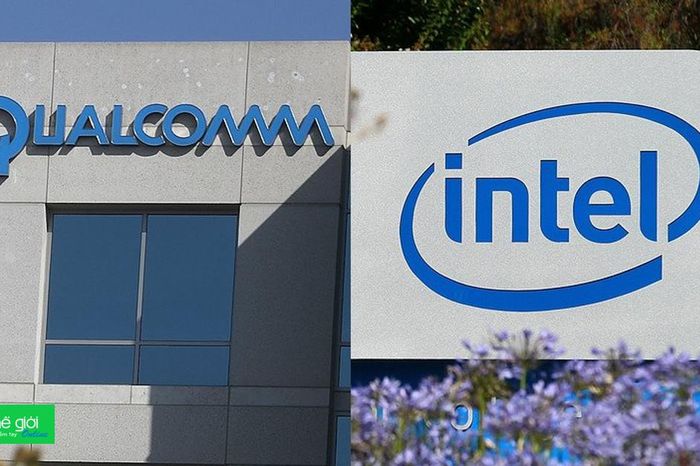 How will Intel and Qualcomm be affected when the US revokes chip export licenses to Huawei?
How will Intel and Qualcomm be affected when the US revokes chip export licenses to Huawei? ASUS ZenFone 11 Ultra: Larger size, good battery life, suitable for gaming
ASUS ZenFone 11 Ultra: Larger size, good battery life, suitable for gaming